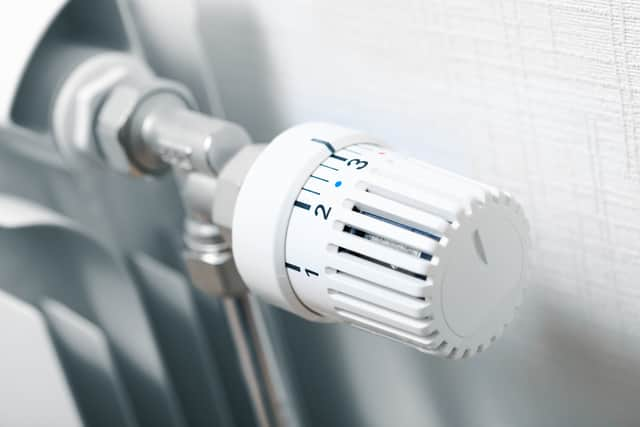Winter fuel payment: Am I eligible, how much can I get and when will I receive the payment ?
and live on Freeview channel 276
As the nights start to turn colder, many people will be starting to have their heating on for longer each day.
A lot of people will be using their winter fuel payment to pay their energy bills at the time of year when they need support the most.
What is the Winter Fuel Payment ?
Advertisement
Hide AdAdvertisement
Hide AdOften called the ‘heating allowance’, the winter fuel payment is an amount which can be received from the Department for Work and Pensions.
The payment is annual and it is also tax free, with eligible people being entitled to between £100 and £300.
With a rise in fuel costs predicted for the coming months, the payment may be of greater importance to more people this year.


Who is eligible for the payment?
You will qualify for the payment if you:
- were born on or before 26 September 1955.
- lived in the UK for at least one day during the week of 20 to 26 September 2021 as this is the ‘qualifying week’.
If you were not in the UK for any days during this period, you may still be able to qualify if if both the following apply:
- you live in Switzerland or a European Economic Area (EEA) country.
- you have a genuine and sufficient link to the UK - this can include having lived or worked in the UK, and having family in the UK.
When will I receive the payment?
Advertisement
Hide AdAdvertisement
Hide AdAccording to the DWP, most payments are made automatically in November or December.
You will get a letter telling you how much you will get and an estimated payment date.
If the money is not paid into your account by 14 January 2022, contact the Winter Fuel Payment Centre.
All benefits, pensions and allowances are paid into an account, such as a bank account.
Comment Guidelines
National World encourages reader discussion on our stories. User feedback, insights and back-and-forth exchanges add a rich layer of context to reporting. Please review our Community Guidelines before commenting.
